 |
 |
 |
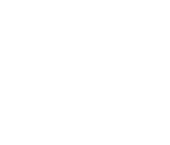
|
‘Bengal’ Bernard Nevill for Liberty and Co. on silk, 1969 © Copyright of Liberty Fabric Limited
|
|
 |
LIBERTY IN FASHION
9/10/2015-28/2/2016
ftmlondon.org/exhibitions #libertyinfashion
Fashion and Textile Museum announces major new exhibition (opens 9 October 2015) exploring the iconic Liberty brand in fashion
Liberty in Fashion celebrates the 140th anniversary of the company.
Over 150 garments, textiles and objects demonstrate Liberty’s strong relationships with designers since 1875, from Arthur Silver of Silver Studio to collaborations with Jean Muir, Cacharel, Yves Saint Laurent and Vivienne Westwood.
The exhibition charts Liberty’s history as ‘the’ fashionable place to shop as well as its role as the source and originator of key trends in fashion history, from Orientalism and Aesthetic dress in the 19th century, through Art Nouveau and Art Deco in the early 20th century, and the revival of these styles since the 1950s.
Liberty Art Fabrics and the textile design studio take centre stage, as the internationally recognised leader in floral, patterned and paisley prints and dress fabrics.
|

|
Posted 20 October 2015
|
Share this:
|
|
This autumn the Fashion and Textile Museum presents the first major retrospective of the 21st century on the pioneering retailer and design studio Liberty. At the cutting edge of design and the decorative arts since 1875, Liberty is celebrated throughout the world both as a department store and for its distinctive textile prints.
|
|
|
|
“
I was determined not to follow existing fashion but to create new ones.
Arthur Lasenby Liberty
”
|

|

|

|
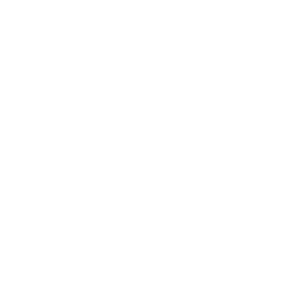
Whirlygig’ print impression, Colleen Farr for Liberty and Co. Ltd 1960.
© Copyright of Liberty Fabric Limited
|
|
Founded by Arthur Lasenby Liberty, the store began on Regent Street in 1875 selling coloured silks, but soon diversified into cashmere together with lacquerware, cloisonné enamel, oriental goods and then furniture, at which point the premises were expanded. Liberty & Co. soon became one of ‘the’ shops in London, and Arthur Liberty’s clients and friends included the artists and aesthetes Dante Gabriel Rossetti, Frederic Leighton, Oscar Wilde, Dame Ellen Terry and James McNeill Whistler. The Liberty dress department opened in 1884 and Liberty style soon became firmly associated with a unique ‘fashion’ look.
|
|
|
|
|
|
|
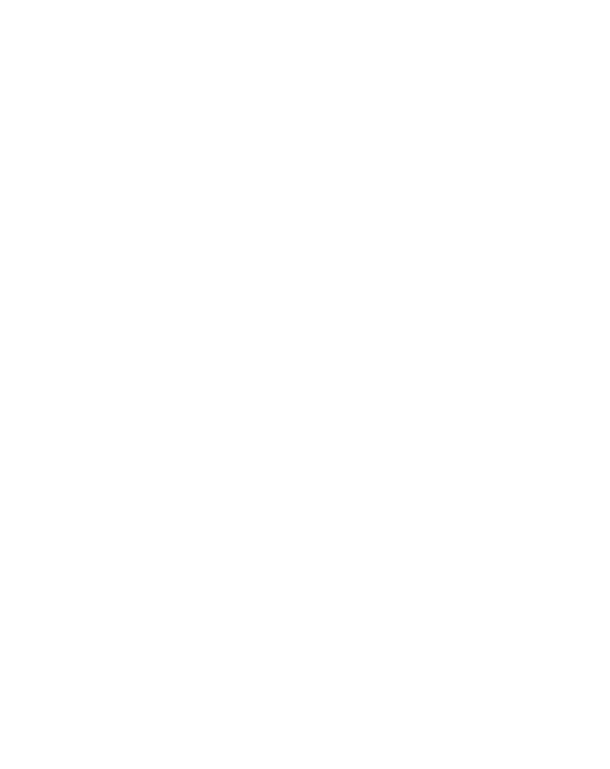
‘Eustacia’ print impression, printed at Liberty and Co. Ltd Merton print works, 1960 © Copyright of Liberty Fabric Limited
|
|
|
|
|
|
Exhibition structure
The presentation of the exhibition is chronological, and there are ten key sections:
-Introduction
-A Dialogue with the East
-Artistic Dressing
-A Dying Art Revived
-The Fabric of Fashion
-The Art Nouveau Revival
-Swinging Liberty
-1970s Nostalgia
-Collaborations
-Liberty today
1. The Introduction establishes the importance of the consumer to Liberty and the early history of Liberty and Co. from its beginnings as an Oriental Bazaar through text, timeline, images and ephemera.
2. A Dialogue With the East explores the circular movement of Liberty’s early inspiration in the styles and artefacts of the East and the fascination of Liberty for designers in the East today.
3. Artistic Dressing profiles the Liberty dress department, which encouraged women to dress ‘artistically’ and wear loose fitting, medieval inspired costumes, similar to those popularized by Pre-Raphaelite paintings. It was at this point that Liberty found a dedicated following amongst cultured upper and middle classes with an Aesthetic and historical style.
4. A Dying Art Revived outlines how traditional craft skills, including the art of smocking, were promoted and became closely associated with the retailer.
5. The Fabric of Fashion details the range of Liberty fabrics – from wool, silk and tana lawn – in particular the legendary Liberty floral designs that increased in popularity during the 1920s and 1930s and which continue to be a mainstay of the company.
6. The Art Nouveau Revival shows how the store’s fabric and clothing in the 1950s reflected contemporary trends in fashion and design and why the company was at the forefront of the Art Nouveau revival.
7. Swinging Liberty highlights the new wave of British fashion design that came to the fore in the 1960s, and the young designers for whom Liberty’s wholesale fabrics provided a major resource: Mary Quant, Foale and Tuffin, Marion Donaldson, Gerald McCann and Jean Muir.
8. 1970s Nostalgia charts the era of nostalgia and ethnicity in fashion in which Liberty played a key role as both a textile wholesaler and fashion retailer. Features textile designs by Bernard Nevill, Susan Collier and Sarah Campbell.
9. Collaborations showcases the designers of fashion, accessories and textiles for whom Liberty fabrics provided a source of inspiration in the 1990s and 2000s
10. Liberty Today explores the ways in which the company continues to innovate in the design, retailing and promotion of a modern heritage brand.
|

|

|

|
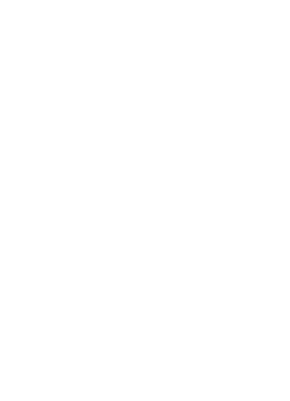
Art Nouveau fashion using ‘Constantia’, 1961 © Liberty London
|
|
Dennis Nothdruft, Curator of Liberty in Fashion, said:
“From the earliest imports and Eastern influenced and artistic dress to present day collaborations, Liberty has occupied a unique place in British fashion. Every garment in the exhibition has been carefully chosen to enable the Museum to represent the incredible range of textile designs created by the firm as well as to present an argument about why Liberty is always ‘in fashion’”.
Celia Joicey, Head of the Fashion and Textile Museum, said:
“Liberty in Fashion is a celebration of one of Britain’s most imaginative stores, not only an internationally celebrated retailer but also a design studio and tastemaker. The exhibition explores how a brand that is closely steeped in British tradition can also represent the avant-garde in fashion and inspire contemporary design talent.”
Ed Burstell, Managing Director, Liberty London, said:
“Liberty is one of the last great emporiums of its kind and I am thrilled that this exhibition is being organised by Zandra Rhodes and the Fashion and Textile Museum London, a museum which has pioneered displays on the relationship between fashion, fabric design and innovative British retailing.”
|
|
|
|
|
|
Opening times: Tuesday–Saturday, 11am–6pm; Thursday until 8pm; Sunday until 5pm last admission 45 minutes prior to closing. Monday closed. Ticket prices: £9 adults, £7 concessions, £6 students. Under 12s are free. Booking information: Online at www.ftmlondon.org or in person at the Museum.
The Fashion and Textile Museum is the only museum in the UK solely dedicated to showcasing developments in contemporary fashion, as well as providing inspiration, support and training for those working in the industry. Founded by iconic British designer Zandra Rhodes, the museum is owned by Newham College London – one of Europe’s largest further education colleges. The Museum is located in the only building in Europe designed by award-winning Mexican architect Ricardo Legorreta (1931–2011).
|
|

|

|

|
Liberty: Great Marlborough Street, London W1B 5AH. Liberty is one of the last great emporiums for innovative and eclectic design. Founded by Sir Arthur Lasenby Liberty in 1875, it remains to this day the destination of choice for the savvy and sophisticated shopper. Arthur Liberty’s intuitive vision and pioneering spirit led him to travel the world looking for individual pieces to inspire and excite his discerning clientele. Liberty is not just a name above the door, it is Arthur Liberty’s legacy, which stands for integrity, value, quality and above all beautifully designed product. At Liberty, explore five floors of fashion, beauty, accessories, childrenswear, homewares and furniture where we combine our rich heritage with the cutting edge and avant-garde.
Agenda>
Agenda exposition The Art of Pattern>
FASHION AND TEXTILE MUSEUM
Adres: 83 Bermondsey St
London SE1 3XF,United Kingdom
+44 (0)20 7407 8664
http://www.ftmlondon.org
|
|
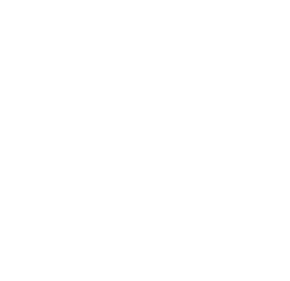
Hera © Copyright of Liberty Fabric Limited
|
|
|
|
|
|
|
|
|
|


